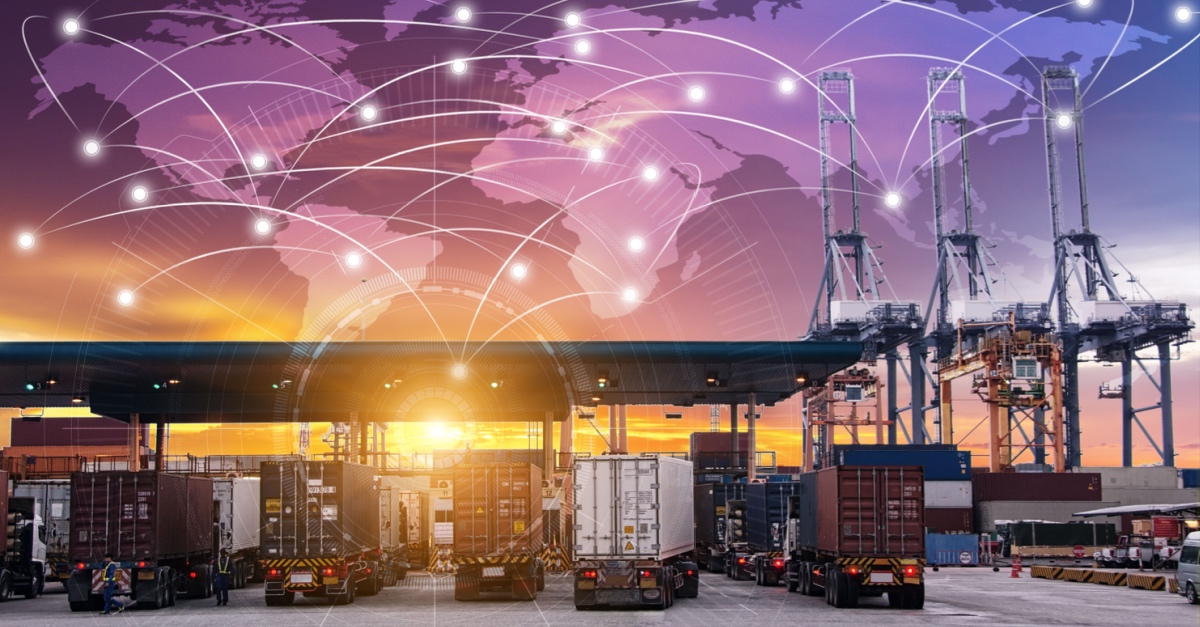
It’s no secret that logistics operations have seen a fundamental shift in how they approach logtech solutions since the advent of the pandemic. Today, businesses that hold out hope for a pre-pandemic normal could risk missing out on encashing fresh opportunities in the market.
It’s time for more aggressive investments in building and running more responsive logistics operations that can adapt to different situations. The why and the potential benefits of more responsiveness in today’s business climate top the headlines in our review of the news and trends shaping the transportation and logistics industry in March 2024.
The logistics industry is experiencing a fundamental shift. The traditional peak seasons we were so used to before the pandemic still exist. But so do multiple smaller peak seasons that keep logistics operations busy throughout the year. Three major factors drive this change:
To effectively operate under the new climate, logistics companies need to adapt by embracing flexibility, leveraging technology, and prioritizing solutions that help customers better navigate this uncertain market.
While the traditional year-end peak might remain relevant for now, the future points to a more continuous demand for efficient supply chains. The logistics industry must rise to this challenge to keep the world’s goods moving smoothly.
Retail sales growth is slowing down in 2024 after a strong showing during the holiday season (November and December). Analysts believe a rising credit card debt is at least a part of the problem.
While holiday sales exceeded expectations, this was mainly due to debt. Many consumers financed their purchases with credit cards, which led to a surge in credit card debt and delinquency rates in the fourth quarter of 2023.
The New York Fed has highlighted a rise in credit card balances by $50 billion, taking the total debt to $1.13 trillion. Additionally, delinquency rates are exceeding pre-pandemic levels, particularly among younger and lower-income households. However, while credit card debt is high, it remains lower than the peak observed in 2008 when adjusted for inflation.
Despite the slowing down, retail sales increased slightly year over year (nearly 7% in February and nearly 4% in January). However, consumers now prefer paying down debt and spending on experiences like dining out rather than on additional goods.
While some progress has been made on holiday debt repayment, and wage growth is outpacing inflation, there is no indication of a significant rise in consumer spending or sentiment in the first part of 2024. Retailers may also see a smaller boost from tax refunds this year.
Amazon announced a decline in the warehouse injury rate for the second consecutive year in its report. The company attributed the progress to investments in safety technologies, training programs, and additional safety personnel.
However, labor advocacy groups strongly disagree with this safety report and think the entire thing is a sham. They also have questions about how the company measures its workers’ injuries. The labor groups believe that Amazon’s numbers are misleading and that the risk of injury for warehouse workers remains high.
As both parties insist on their respective reports, here is all you need to know about their contention.
The retail giant is expanding its technology offerings by selling its internal logistics solution, “Route Optimization,” to other businesses. The proprietary AI-based solution helps businesses optimize delivery routes, leading to:
Walmart will offer Route Optimization as a hosted Software-as-a-Service (SaaS) solution, making it accessible to businesses of all sizes without needing large upfront investments. By adopting Route Optimization, companies can leverage Walmart’s expertise in logistics without the burden of developing their own technology. This also allows them to focus on core business activities while improving efficiency and sustainability.
Route Optimization is the second turnkey solution offered by Walmart Commerce Technologies. And it follows the April 2023 launch of “Store Assist,” an app for store associates that facilitates omnichannel fulfillment. Additionally, Walmart GoLocal allows other businesses to leverage Walmart’s delivery network.
Walmart is set on disrupting the logistics software market by making its solutions available to other businesses. The company will also seek to recoup some of its investment in technology.
The world is changing. Customer demands are shifting, and competition has necessitated a faster, more flexible, and adaptive supply chain. However, no matter how streamlined, you can only achieve these if you are willing to introduce technology. The good news is that if enhancing responsiveness is your goal, Zengistics would be your best bet.
This is how we leverage technology to be of service to you:
Ready to revolutionize your logistics operations and enhance your strategic decision-making? Speak to one of our experts today.